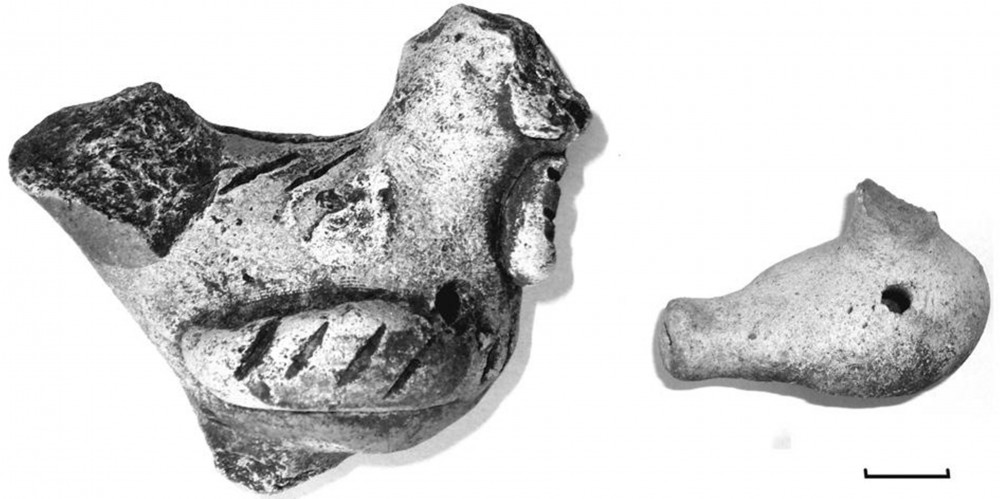
The article deals with a group of ceramic toys originating from the archaeological excavations of Poltava city of the Early Modern period. The results of researches of urban centers in Ukraine show an interesting material, which differ depending on the region, social and economic development and other factors. The things, which related to the world of childhood in the Hetmanate, are very important. Such finds represented mainly by clay toys. They are dividing into several categories. The compiling of the source base for this article began in the 1990s, when excavations within modern Poltava became systematic. Also there is considered the fact, that the collection of clay toys from Poltava is large, compared to other cities of Early Modern Europe. Archaeological materials have created a foundation for the study of various aspects of everyday life of citizens, including children. In Early Modern times, clay toys represented mainly by figures of animals (including birds), people, and small copies of household vessels. Most of them belongs to the miniature dishes, which was represented mainly by pots-“monetka”. There are also bowls, jugs, mugs and lids. Such products repeated mainly all forms of traditional ceramics, differing only in size. Miniature pottery probably reflected some part of the “adult” life of the Early Modern time. Musical instruments represent another group of clay toys. These were mostly zoomorphic whistles, which differed in technique and sound. The third category of toys includes anthropomorphic ceramic figurines, among which the image of a lady («bбrynia») or a rider predominates. They can be used in children’s figurative play. There is a suggestion that toys helped younger generation to get some skills in using household items or future social roles. Therefore, archaeological researches made it possible to shed some light on the life of the citizens of Early Modern Poltava.
Source: Kotenko V.V. , Puholovok Yu.O. (2020) Clay toys of Early modern times (on the materials of Poltava city). Sumy Historical and Archival Journal. № XXXIV: 21-28
Source web-site: https://shaj.sumdu.edu.ua/wp-content/uploads/2020/08/4_KOTENKO.pdf
Number of views: 2094